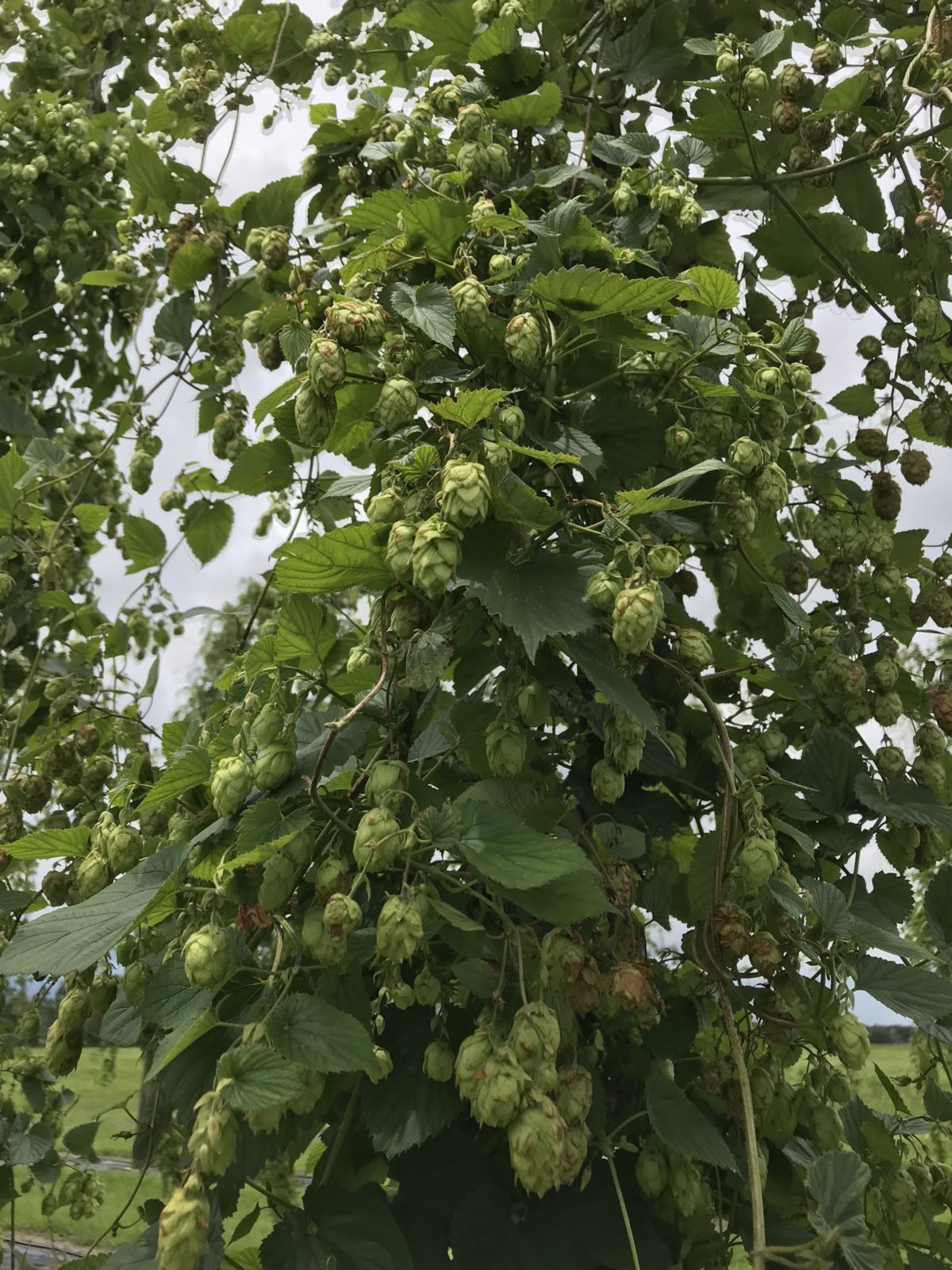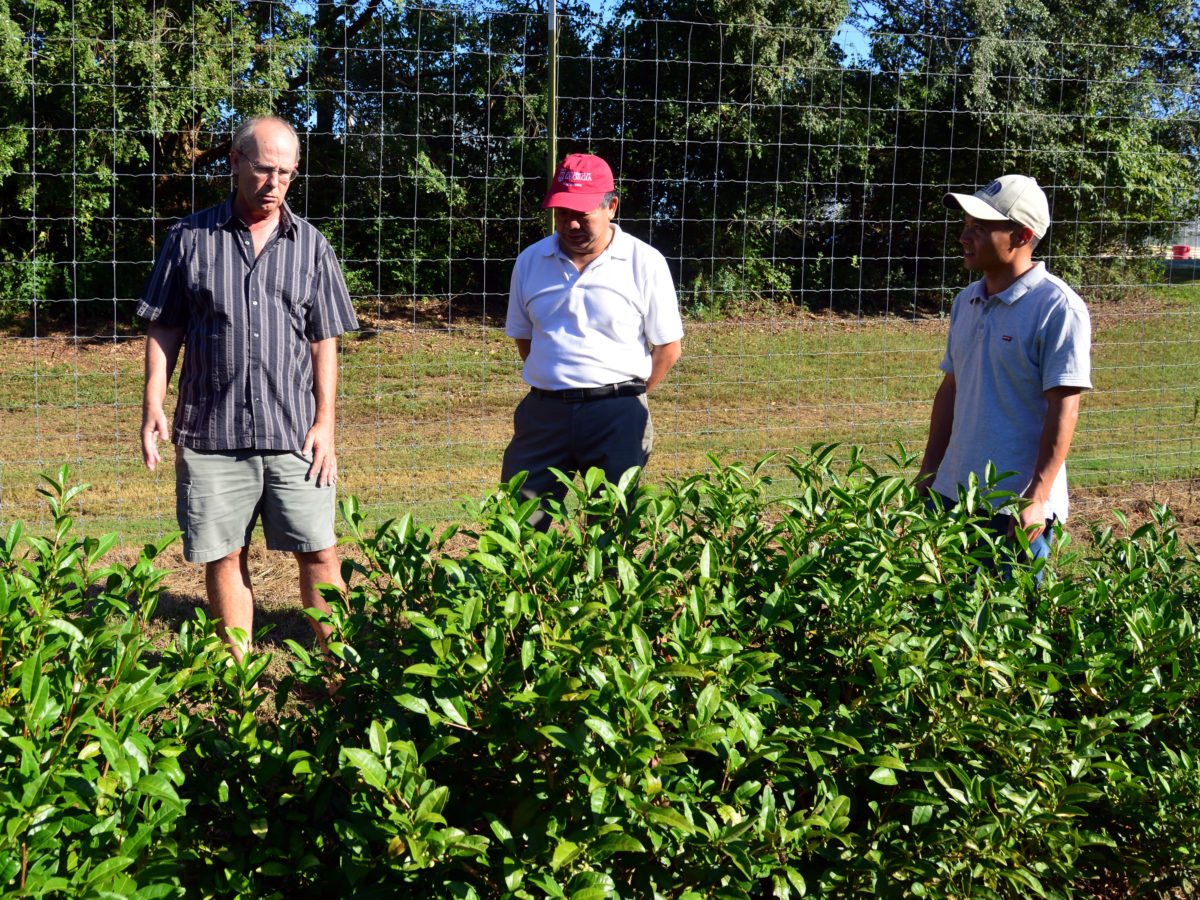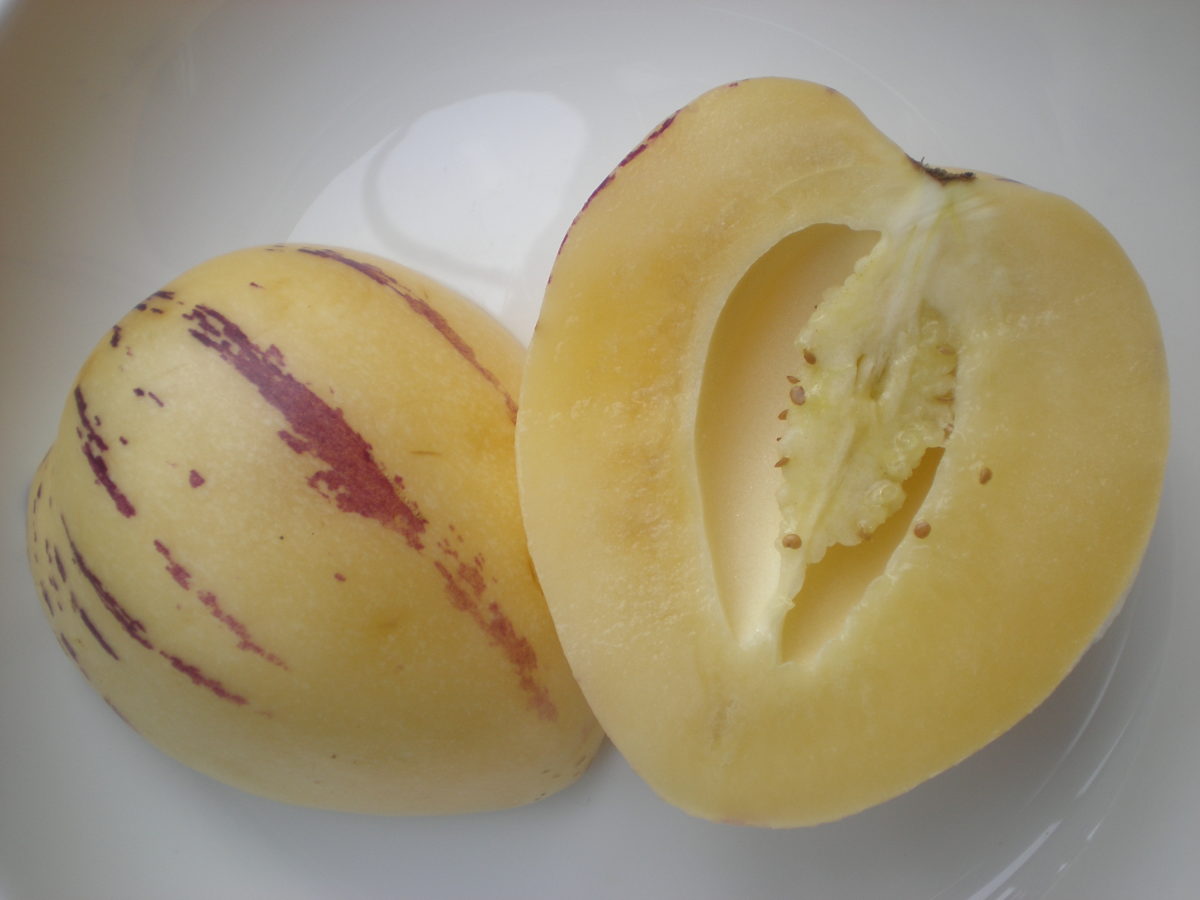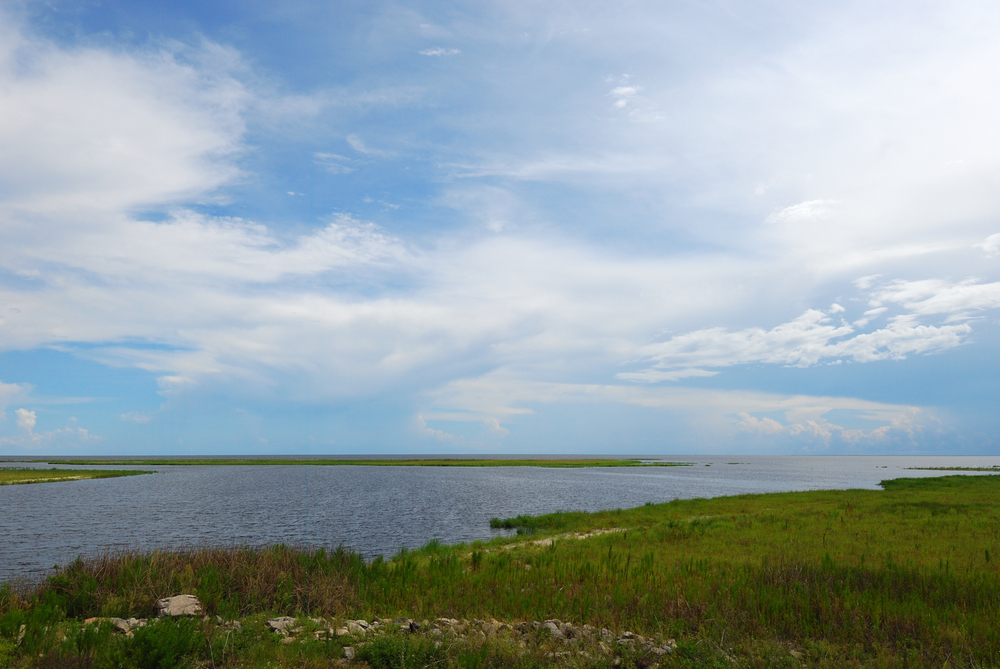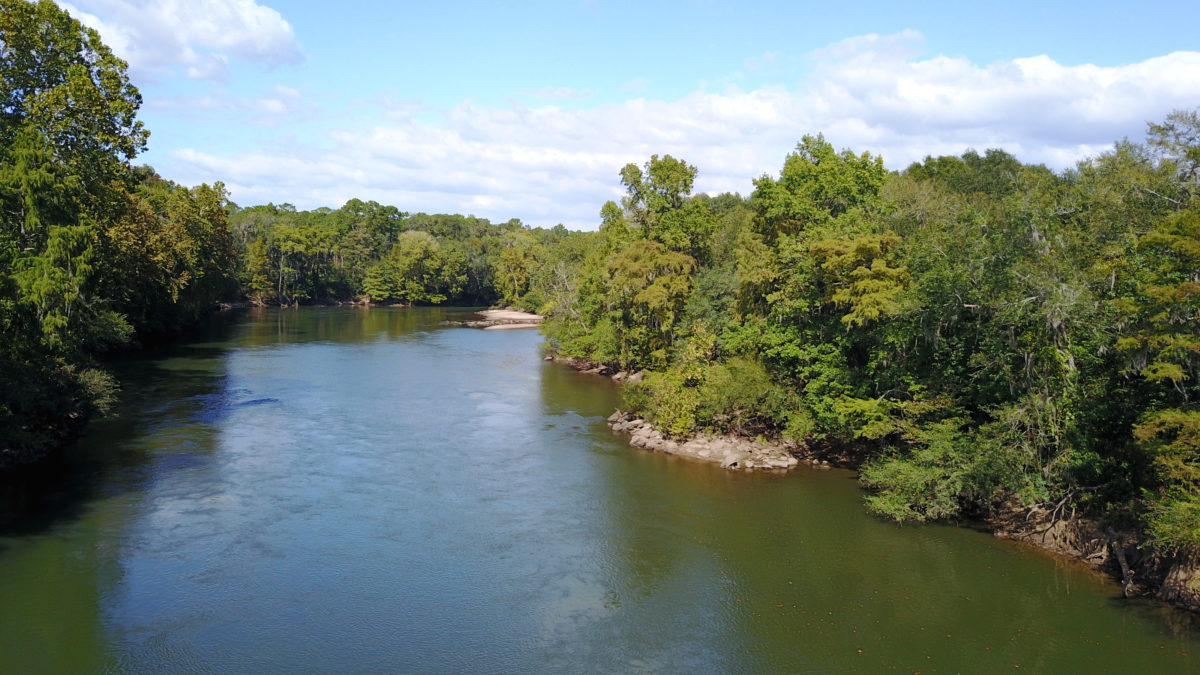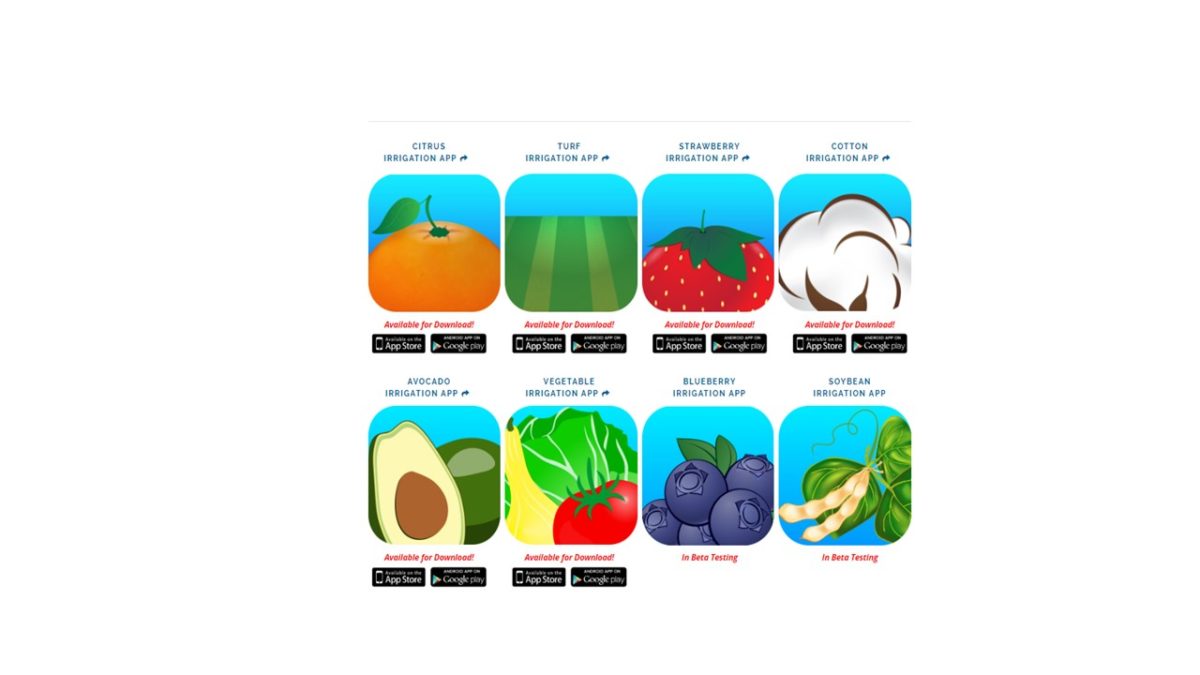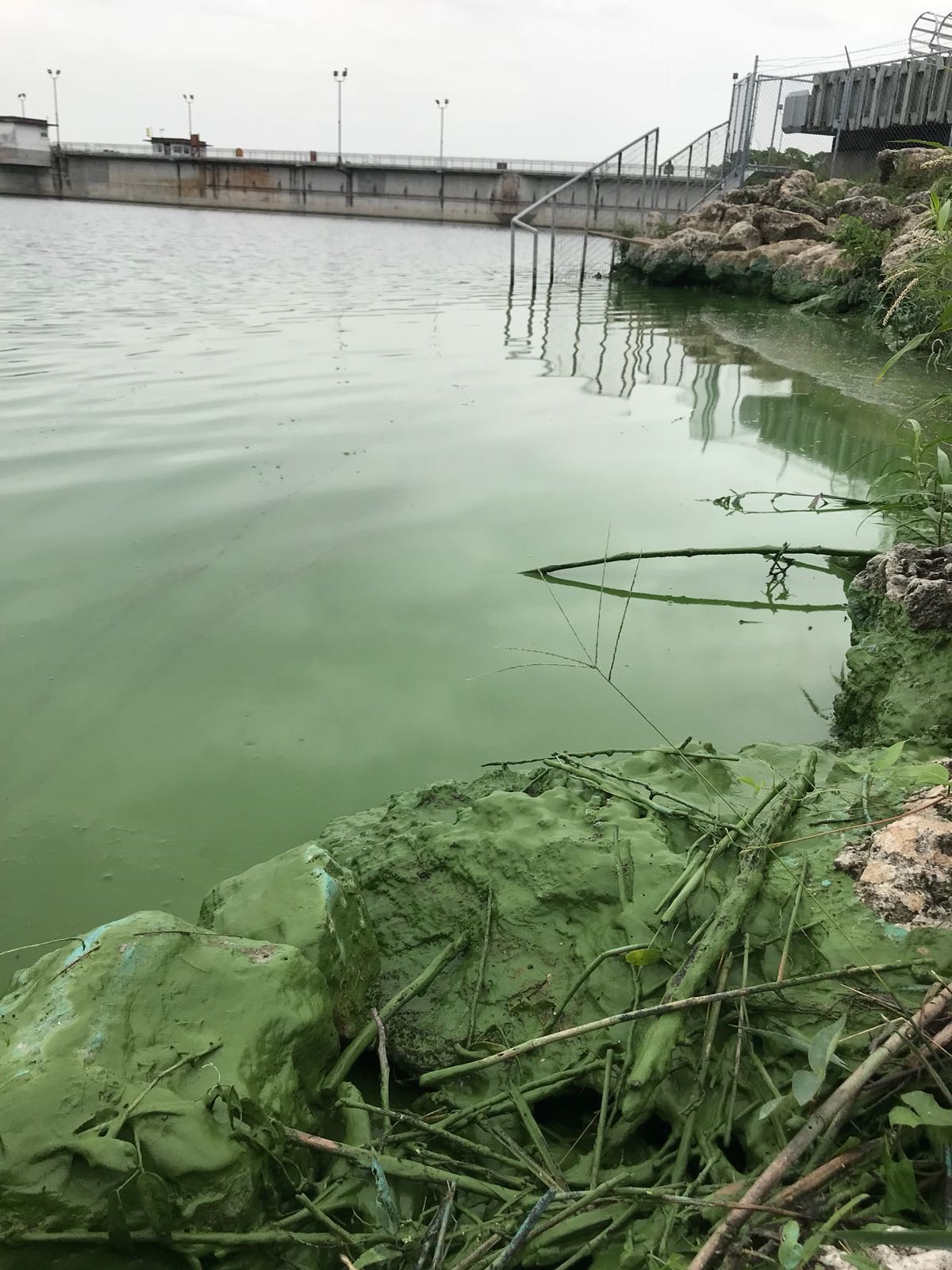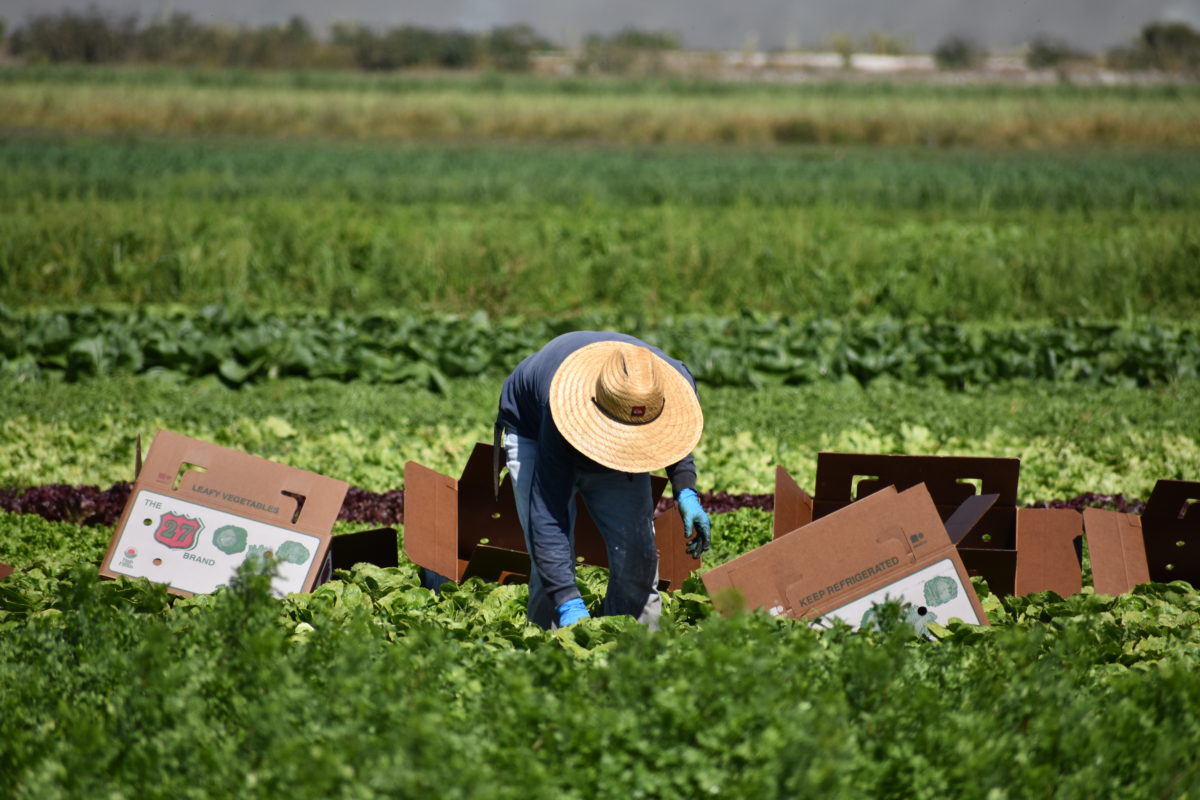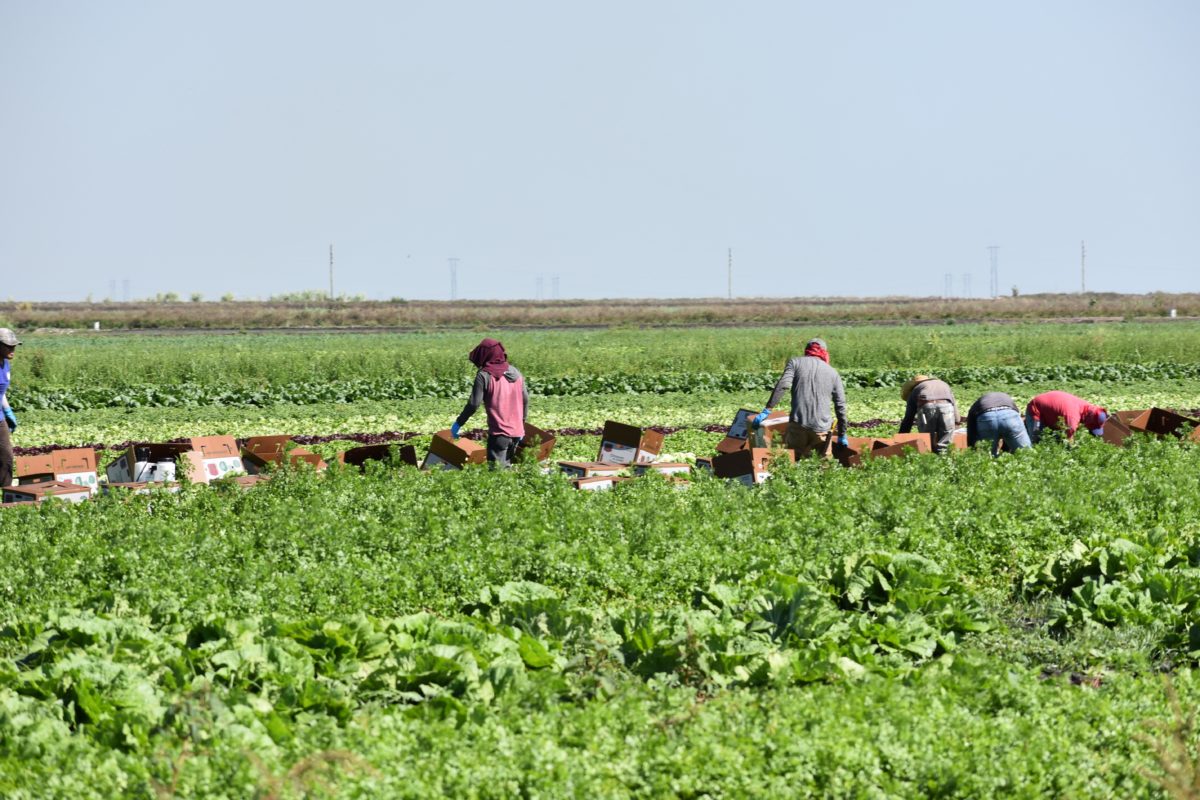Findings from the Gulf Coast Research and Education Center hop trials are helping make strides in this new frontier. By Zhanao Deng, Shinsuke Agehara, Gary Vallad, Hugh Smith and Johan Desaeger Hops are an essential ingredient of beer. Breweries use different varieties and amounts of hops during the brewing process to attain the desirable levels of bitterness and flavors associated …
Developing Tea as a Cash Crop for the Southeast
By Donglin Zhang Tea (Camellia sinensis) is a native plant to China with more than 3,000 years of cultivation. Like its cousins, sasanqua and Japanese camellias, tea has been grown in the continental United States for more than 150 years. But due to the costs of processing, cultivation and labor, it has never become a large-scale cash crop. With growing …
Specialty Crops of the Andes May Have Potential for the Southeast
By Kevin M. Folta The Andes Mountains are home to great botanical diversity and are the origin of many vegetable species consumed in North America. Worldwide mainstays such as peppers, cassava, potato and tomato all have evolutionary connections to this area, from which over 200 plant species have been domesticated. The vast diversity arises from variation in geographical features, as …
A Florida Perspective on Agricultural Water Issues
By Rich Budell Vegetable and specialty crop producers in the Southeast face many challenges, including labor, disease, trade and weather. An additional — often underappreciated and complicated — issue involves management and protection of fresh water resources. Access to adequate quantities of fresh water during the growing season is critical to production success. Protecting downstream receiving waters from potential adverse …
Florida-Georgia Water War Rolls On
The Florida-Georgia water war has made it to the nation’s highest court and back multiple times due to a dispute about water conservation. The water war involves the Chattahoochee and Flint rivers. These rivers begin in Georgia, then join to form the Apalachicola River, which is near the Florida border and flows into the Apalachicola Bay. Florida began the war by requesting limitations on …
SmartIrrigation Technology Improves Tomato Production
By Ibukun T. Ayankojo and Kelly T. Morgan Fresh tomato production in the United States is dominated by the states of California and Florida. Florida harvests about 28,000 acres of tomatoes with a production value of $382 million. This accounts for approximately 40 percent of the total production value in the United States. IRRIGATION ACCURACY IS CRITICAL Vegetable production requires …
What Exactly Causes Toxic Algae?
By Lisa Krimsky Florida has an algae problem, and we’re not alone. The population on this planet is growing, as is the need to feed and house 7.6 billion people. Algae blooms are naturally occurring. However, a warming climate, human activities and nutrient inputs from stormwater, agricultural and urban land use, and sewer and septic systems have significantly increased the …
Trends and the Future of the Legal Ag Workforce
By Amy Wolfe Not a day goes by when discussions don’t swirl in the mainstream and social media spheres about immigration. The topic is polarizing at best. In agriculture, the need for a thoughtful, balanced solution is essential to ensure our ability to continue feeding the world. Notable to our industry is the proposal to modify the current agricultural guestworker …
Sneak Peek: November 2018 VSCNews Magazine
Get in the know on H2O with the November issue of VSCNews magazine. Water is a crucial aspect of agriculture in the Southeast, and the November magazine will give readers an update on ongoing water issues and a new irrigation technology. As the Florida population grows, water resources become scarcer, creating a challenge for the state’s agriculture industry. Rich Budell, …
Labor Contractors Help Growers Use H-2A Program
By Brian German Farms across the United States have been struggling for a number of years now to find and retain the amount of agricultural labor that is required for their operations. Many growers have switched to crops that can be mechanically harvested or simply require less labor. For the farmers who do not have that option, or remain dedicated …










